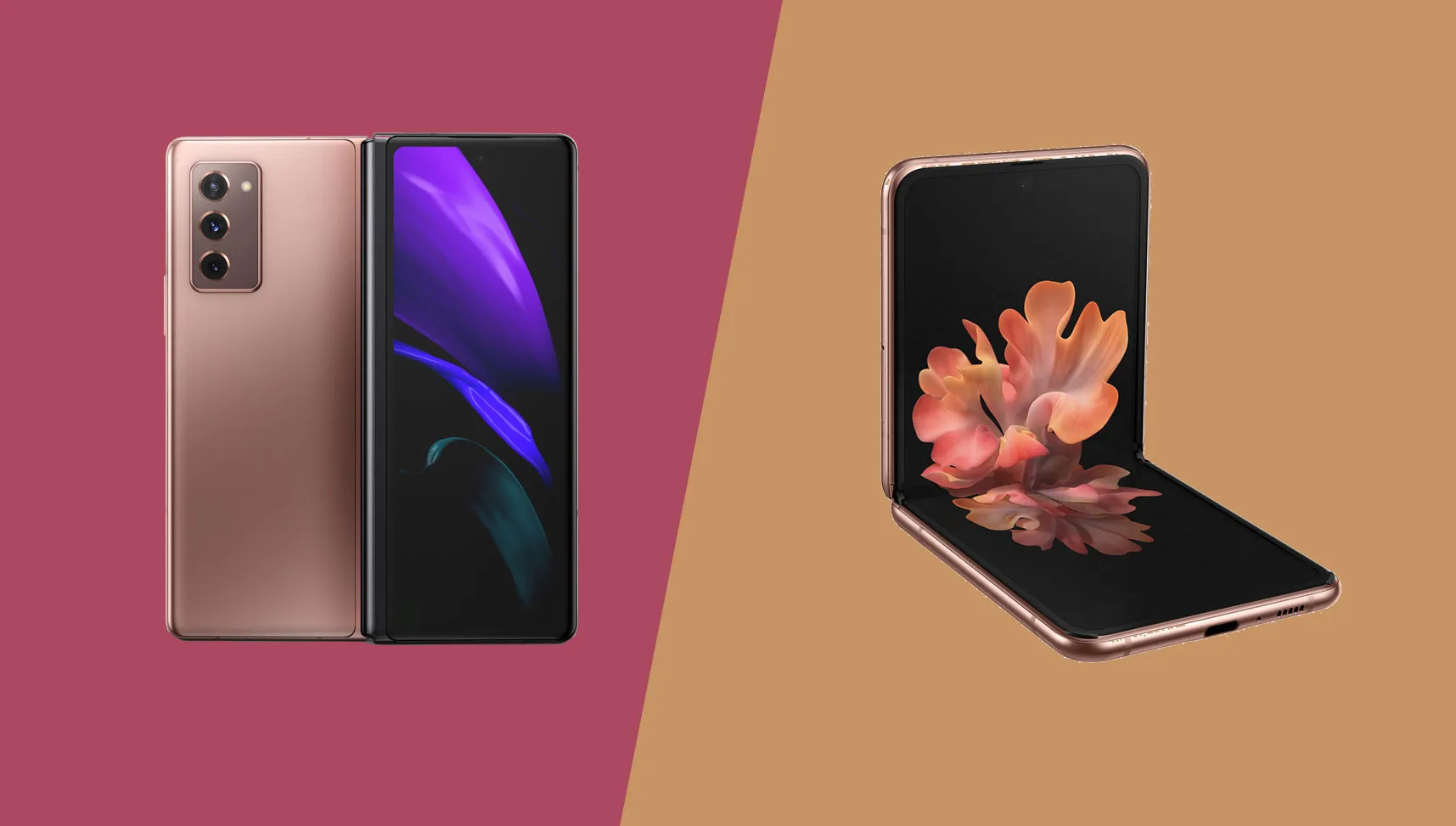Table of Contents
The speed of the development of technology in the context of new media offers tend to experience consistent demands for quality, supply more efficient and faster, and demand more storage spaces. Said and done, here comes XVIF, the new generation image and video format designed to be the future of media this world.
What is XVIF?
XVIF stands for eXtensible Video and Image Format is innovative file format that is being developed to address new demands of multimedia contents. What makes it unique is the capability of incorporating optimum high quality image and video encoding while at the same time compressing this to less than its usual size.
While as compared to other formats like JPEG or MP4, it is designed to tackle such future trends in detailed images and video such as 4K and 8K, or images with deeper color and resolution. This makes it suitable for any individual in need of upfront professional quality; photographers, cameramen, and the such like.
The Technology Behind XVIF

The biggest strength of XVIF is in its compression algorithms. Traditional formats for example use lossy compression, which removes some data in a file to reduce size and in the process may reduce quality. XVIF instead, takes a more elaborate approach that maximizes compression while minimizing on the loss of quality.
It is done using methods such as prediction coding and wavelet transform that looks at the data in a manner that still retains fine detail even with low bitrate. Consequently, files are usually substantially smaller than uncompressed files of the same level of detail.
Furthermore, it has expanded the company gamut and has a higher dynamic range, fitting perfectly modern displays that have a potential to display bright and dark colors. This means you get the benefit of photos and videos that look fantastic on your smartphone or computer – or displayed on a big screen, like your HDTV.
Benefits of XVIF
- Superior Quality: It is characterized by very high image and video quality compared to even the highest compression ratios. Due to this, it may be used by professionals as well as for ordinary uses of the Internet and media content.
- Efficient Storage: Essentially, thanks to XVIF, the same information can be saved in devices with the same or even higher quality, but significantly larger in size. This is especially true for those clients who have limited disk space for local storage, for instance, smartphone or cloud clients.
- Faster Uploads and Downloads: File sizes that are smaller are easier to upload or download, something that comes in handy is today’s world where time is of the essence andInter. It doesn’t matter if you are sharing some files on social networks or sending documents to a client.
- Future-Proofing: By certain social settings, display technology will call for the use of the appropriate format. XVIF is future-proofed and optimised to support as many standards in resolution, colour and dynamic range as possible.
Applications of XVIF
The versatility of XVIF means it can be used in a wide range of applications, from personal use to professional media production.
- Photography: The main feature of XVIF is to provide an efficient way for photographers so as not to worry about the size of images they have to upload but at the same time be able to share high resolution images. RAW format photographers will appreciate this because the camera maintains all details of the image.
- Videography: For videographers, it allows capturing and coloring of 4K and 8K video with as little compression as possible. This is very important in ensuring that one is in a position to produce quality workmanship that is current market requirement for their work.
- Streaming Services: It can also be of advantage to streaming platforms in that it will help to cut down on the amount of bandwidth needed to transmit high definition video. This means no more stalling and less interruption of the episodes, even if the user is using a slow internet connection.
- Virtual Reality and Augmented Reality: Therefore formats that can efficiently meet the challenges posed by immersive technologies of VR and AR are triggered with the increasing development of the technologies. It is properly prepared to this, offering the wanted quality and efficacy.
The Future of XVIF
Being aware of the persistent dynamics in the development of new media, formats such as XVIF will be instrumental in determining the further development of media consumption and distribution. In view of breathtaking quality of reproduction, enhanced compression and possible use in every possible field of application, XVIF is destined to be the universal choice of every media aficionado.
It is difficult for users to find a method that can provide high quality, as well as fast results, in the current world; and that is what XVIF solves. Vividly, it is for anyone who creates, or simply wants to share a moment, whether for business or fun.
With the global digital transformation, pay attention to XVIF today – it may well point to the format of the future of visual content.
Conclusion
It is more than the new format of files – it is the new way to work with the media on a whole a different level. With better image and video quality to compression ratio ratio, It is already poised for acceptance by the professionals and internet users. It addressable capabilities in the current technological frontline including 4K streaming, ADAS, VR, and etc put the system in a position to sustain it in the future. XVIF is an ideal solution because we actively create and share more content than ever before: quality, speed, and compactness.
FAQs
1. What makes XVIF different from other file formats like JPEG or MP4?
It has better compression characteristics compared to other codecs at the same level of quality and small file size. It supports HDR content, wider color gamut and dynamically expanded range and is suitable for today’s digital media.
2. Can I use XVIF on all my devices?
Yes, it is compatible with multiple devices, including smartphones, computers and TVs. However, to get the best of it, you may ever need to use updated software that supports the XVIF format.
3. How does XVIF benefit professional photographers and videographers?
For professionals it is useful for storing and sharing images and videos that do not lose much of their detail when compressed at high ratios. This is very useful for those who operate at 4K and 8K or more, and for those who have more media to manage in their projects.
4. Is XVIF suitable for streaming services?
Absolutely. This reduces the amount of bandwidth required for high quality streaming thus more fluent operations and less buffering. As such, it becomes a very useful tool for streaming services that need to improve the general experience of the consumers.
5. What does the future hold for XVIF?
As advancement of digital media technology varies, it has the potential of being among the leading formats. This makes it a viable candidate for mass adoption in professional and personal media uses due to its efficiency in handling high-resolution, high-quality content.






